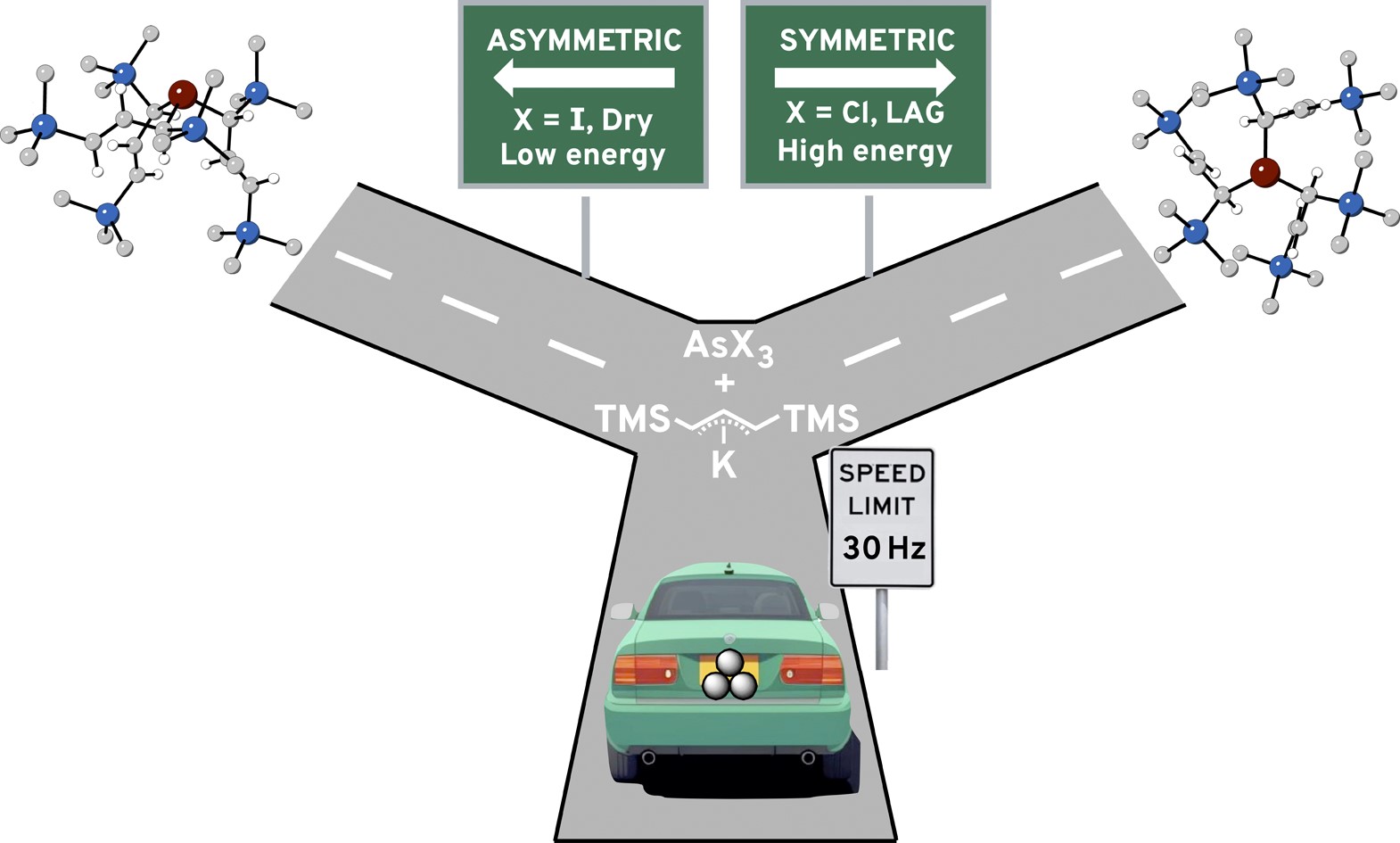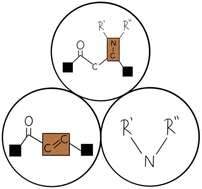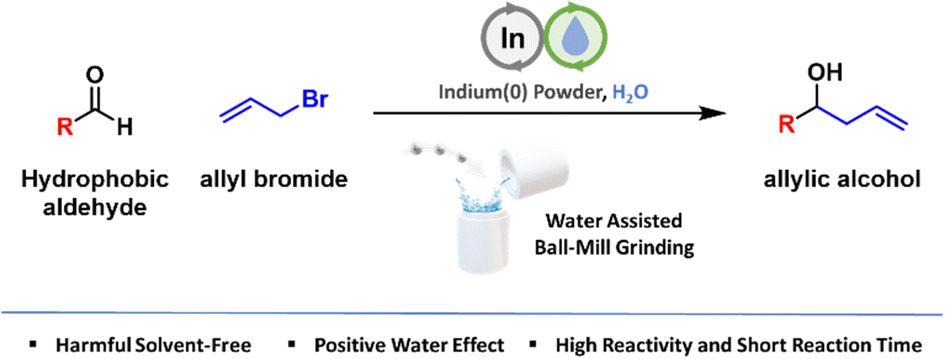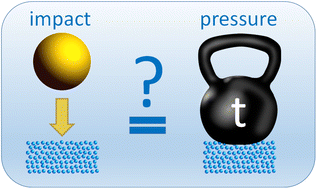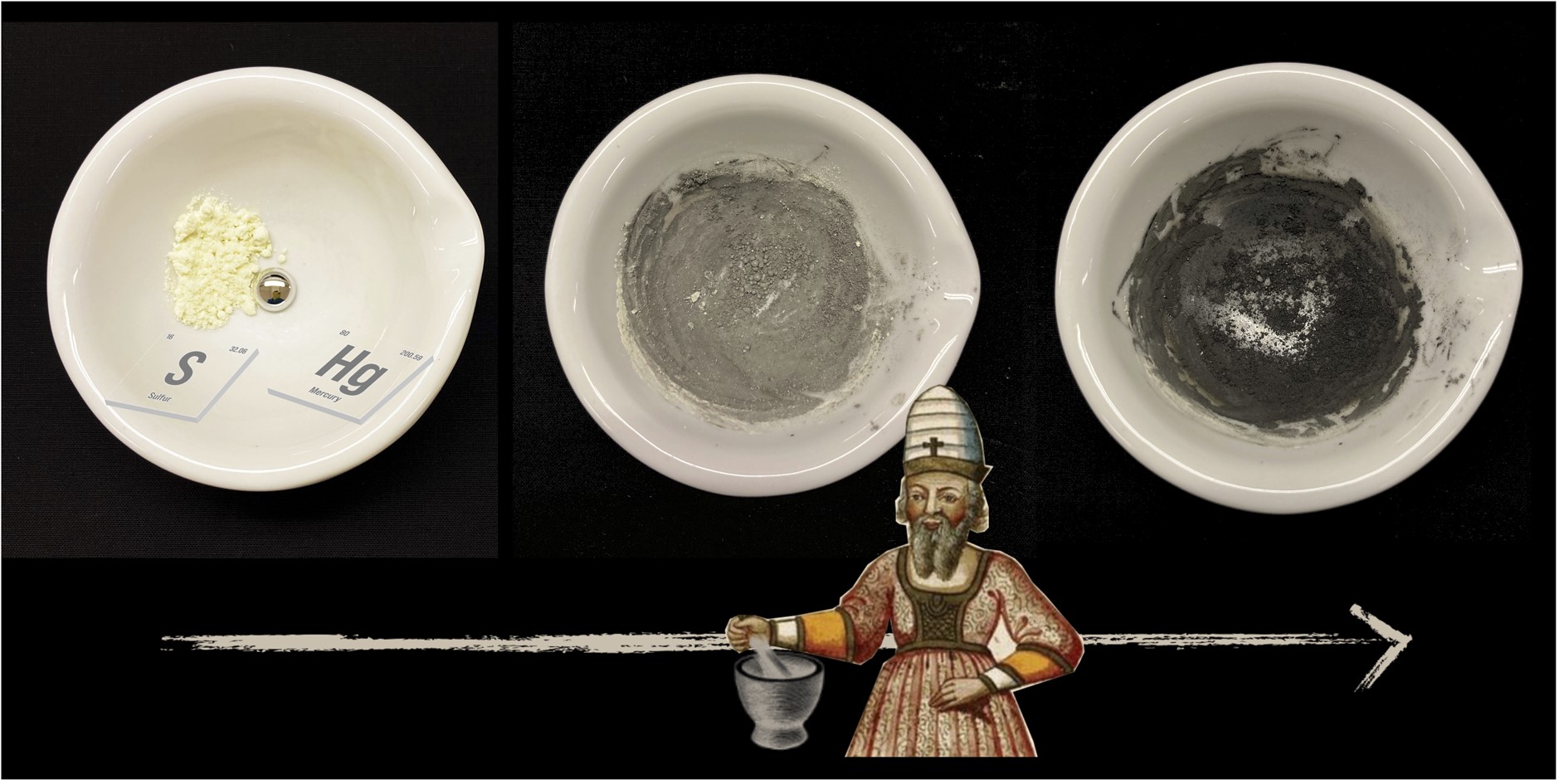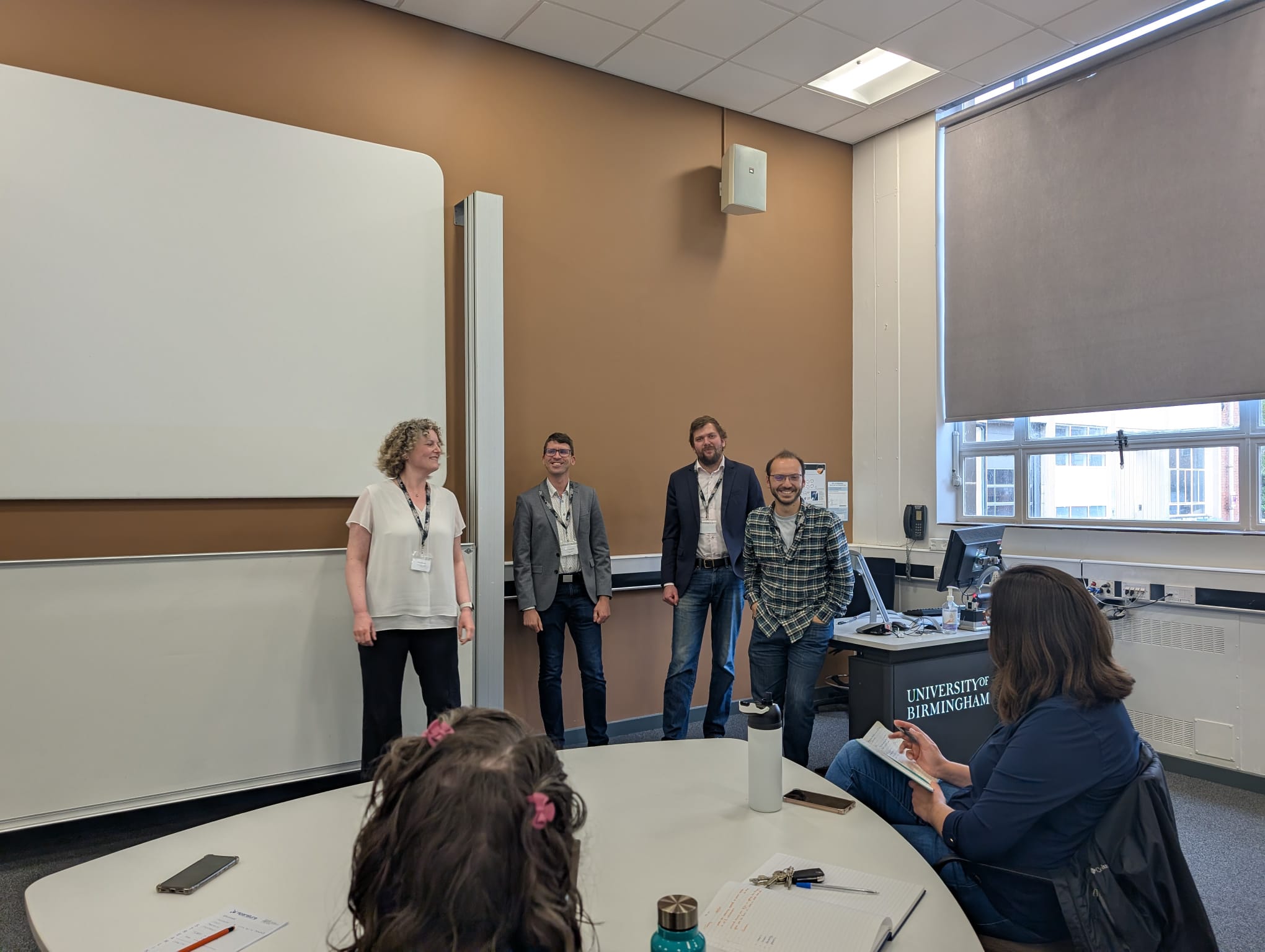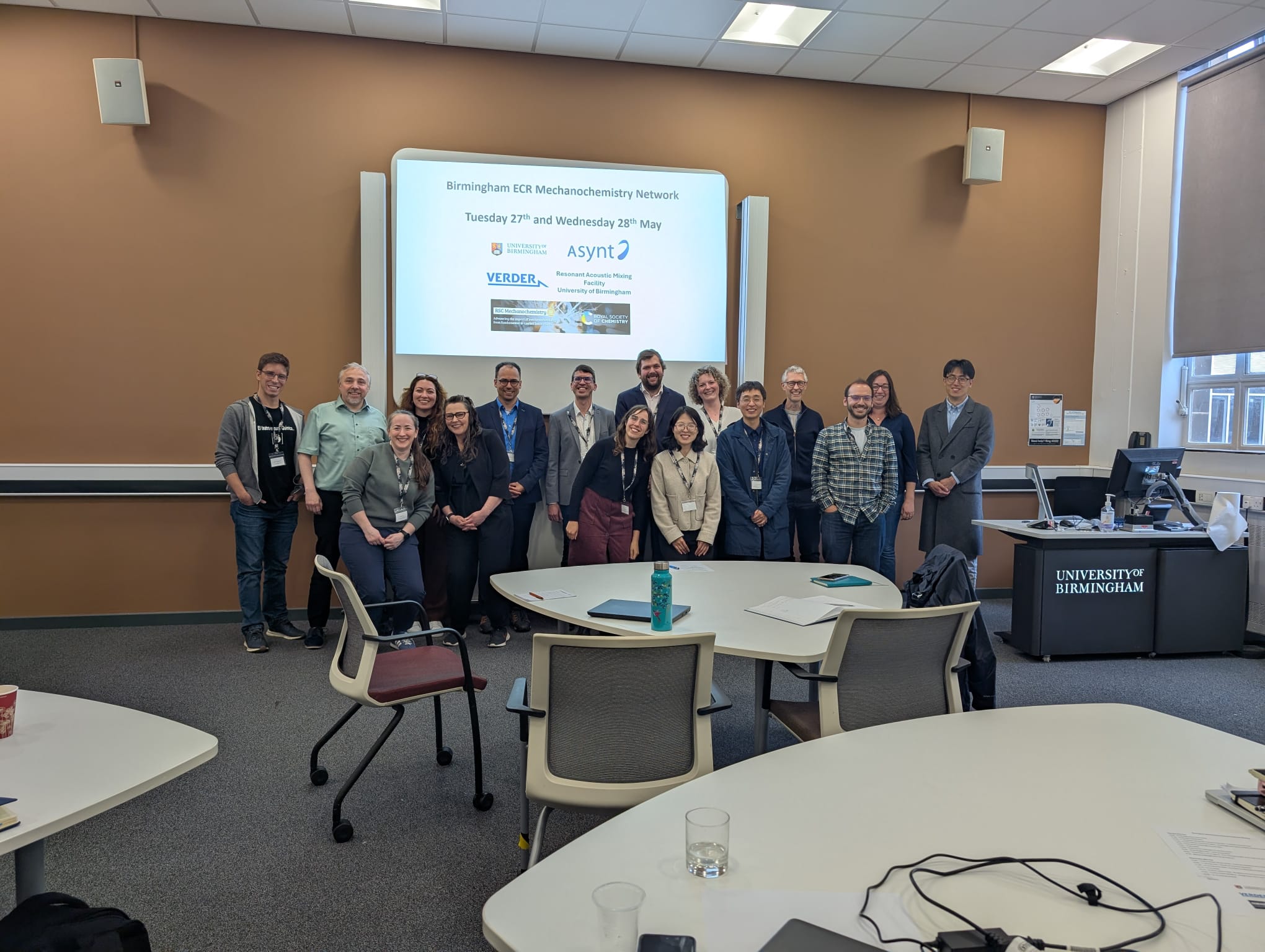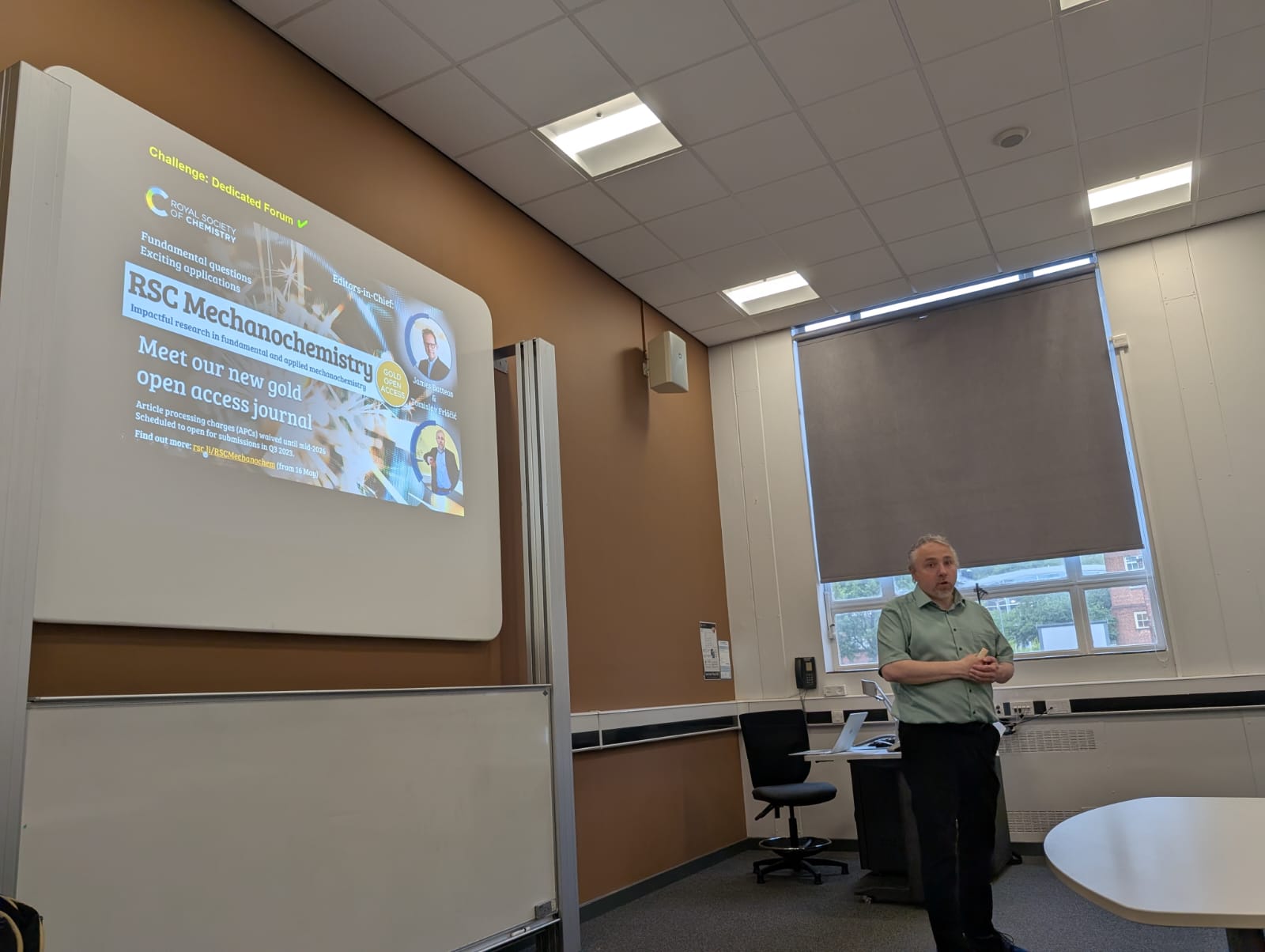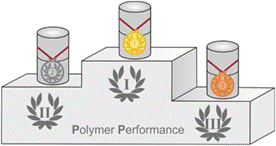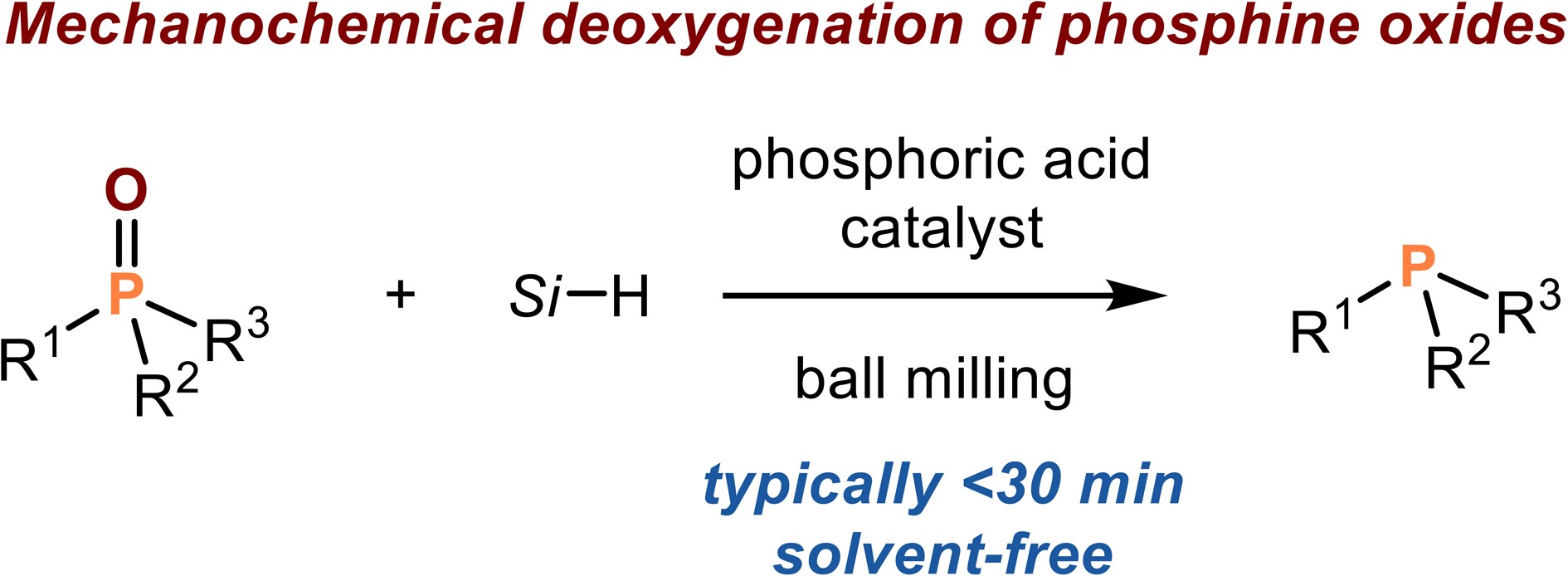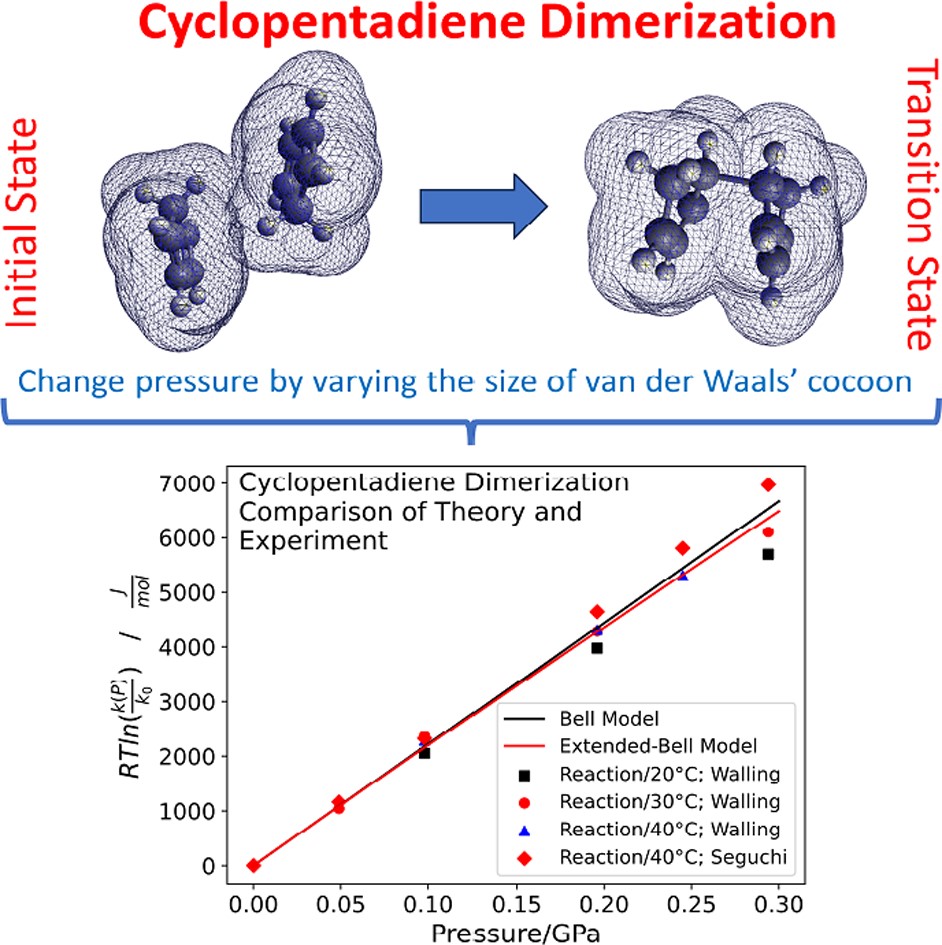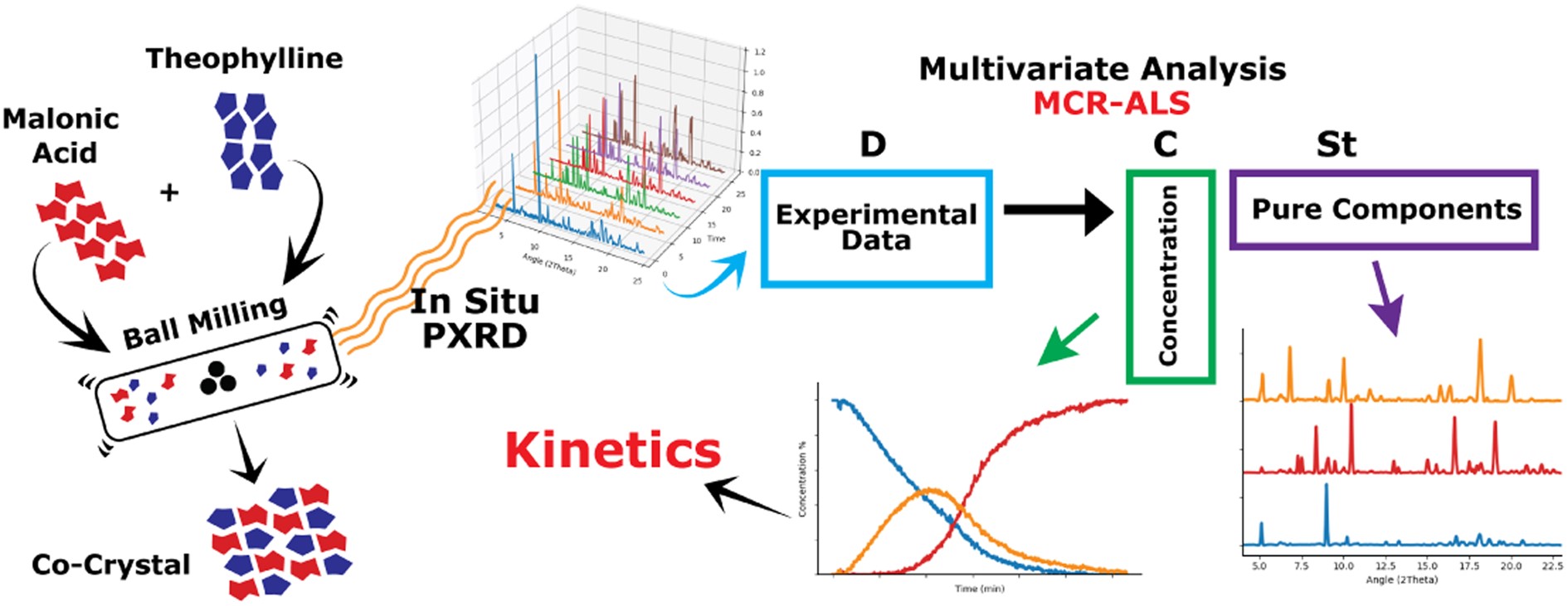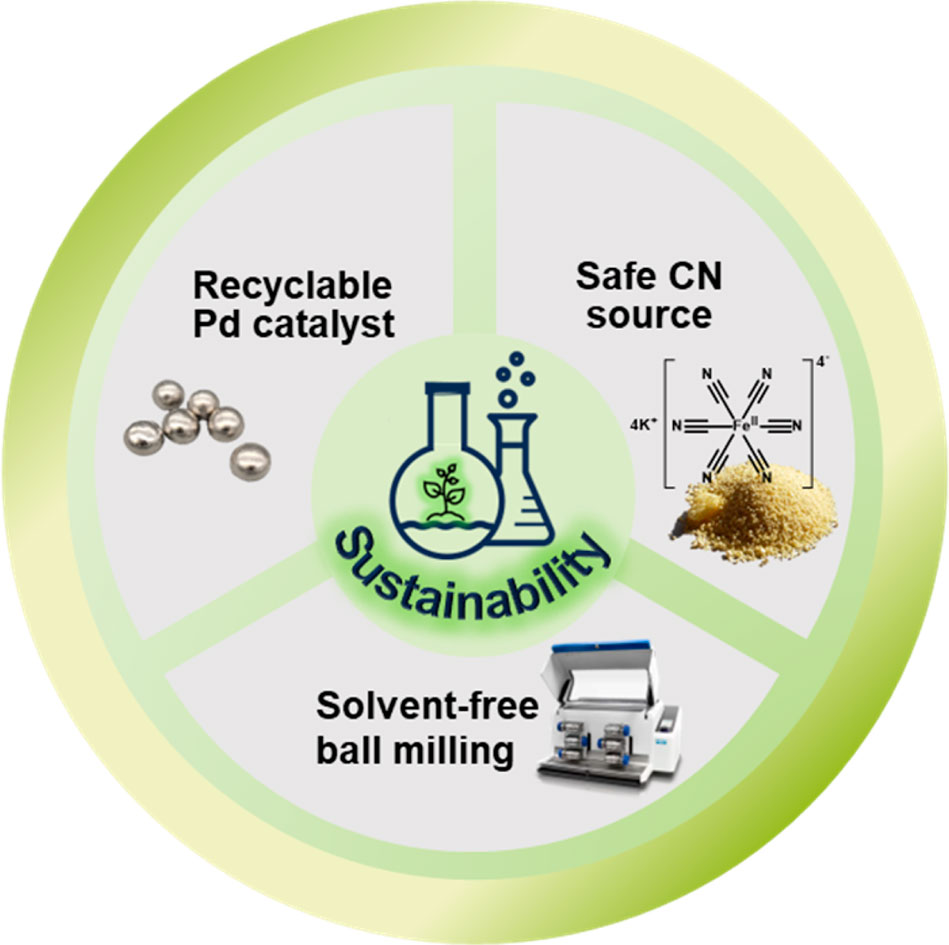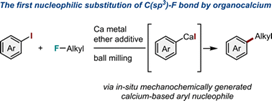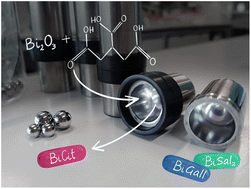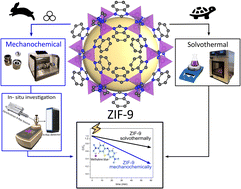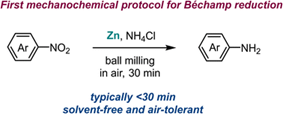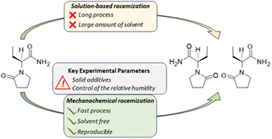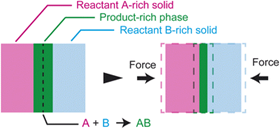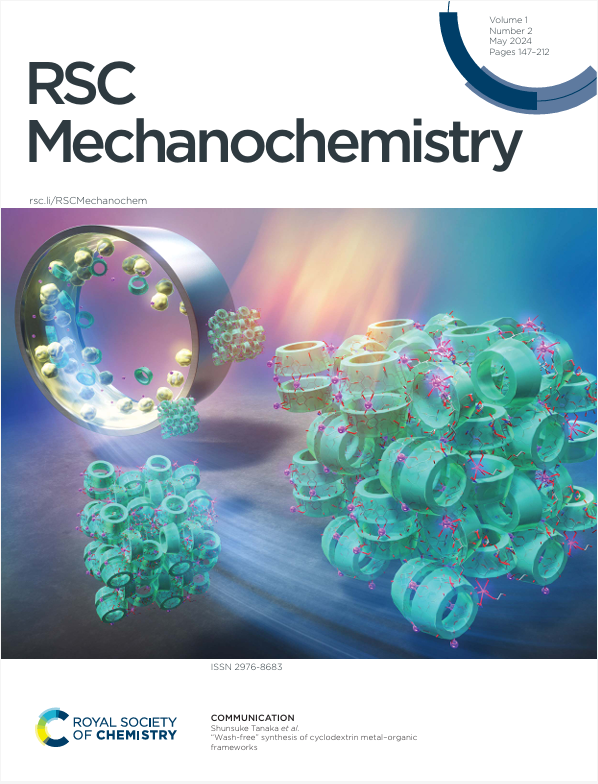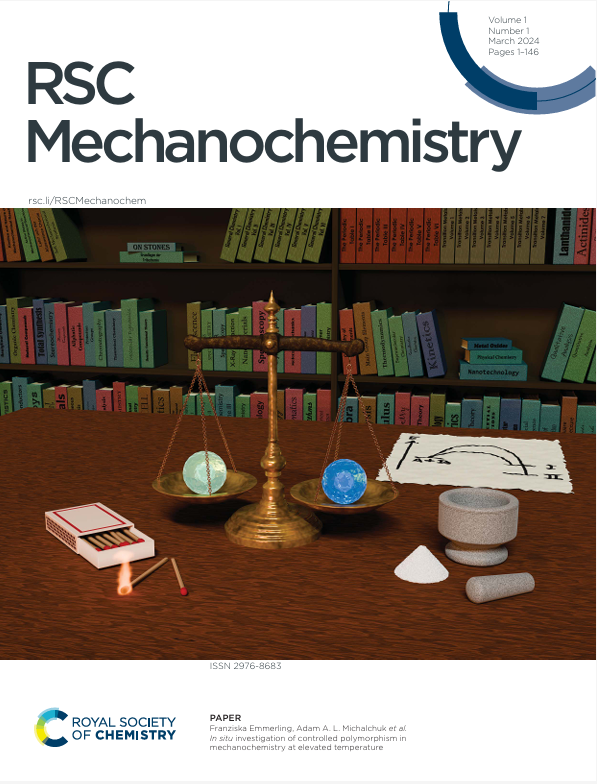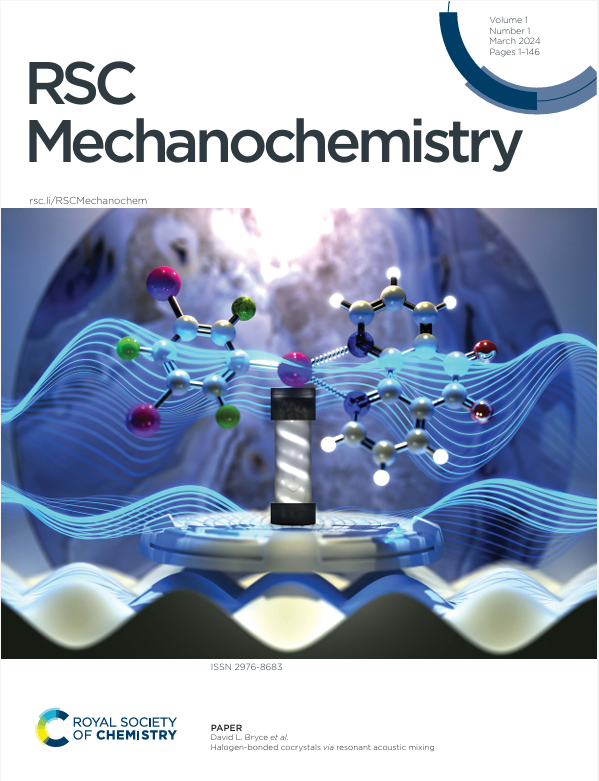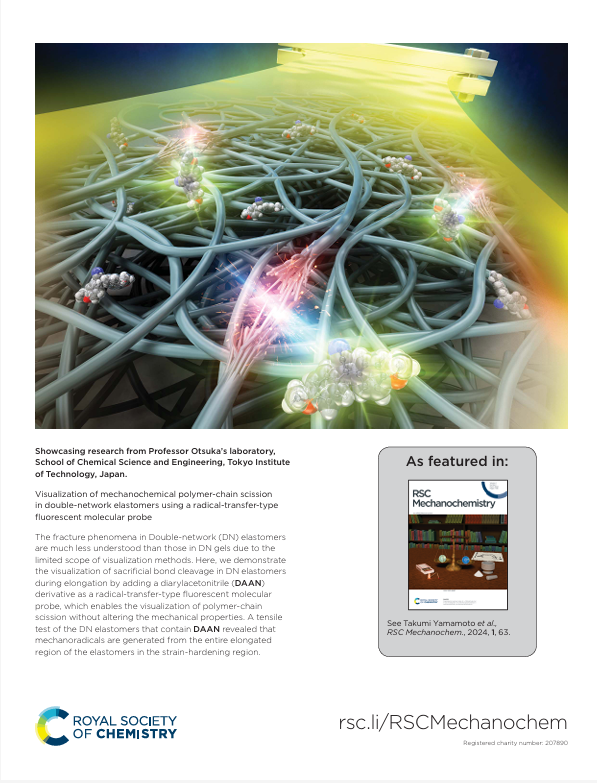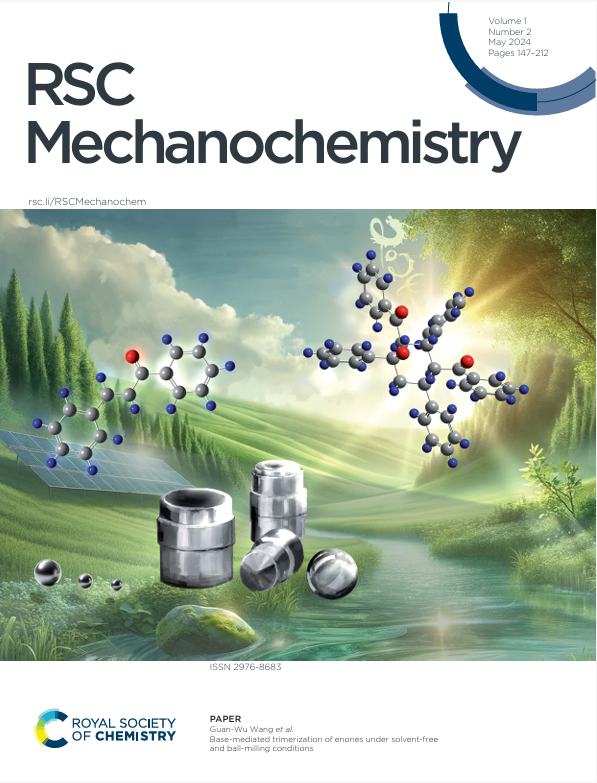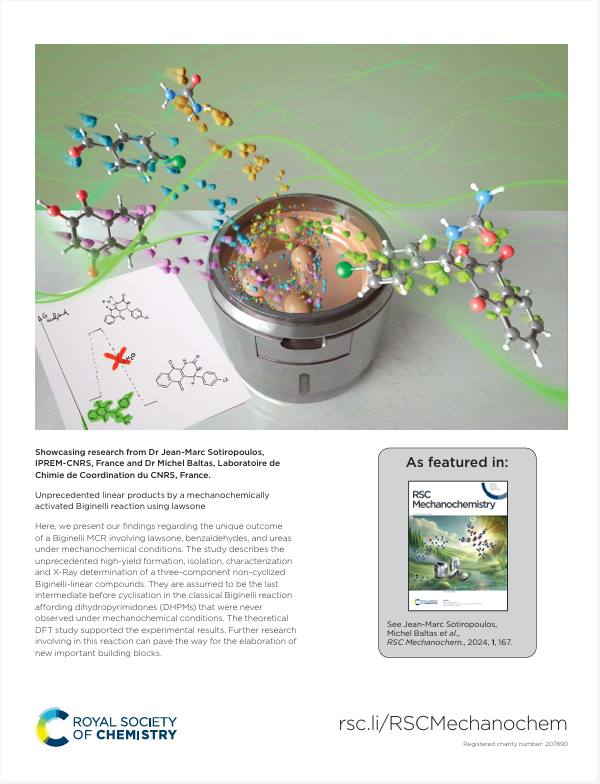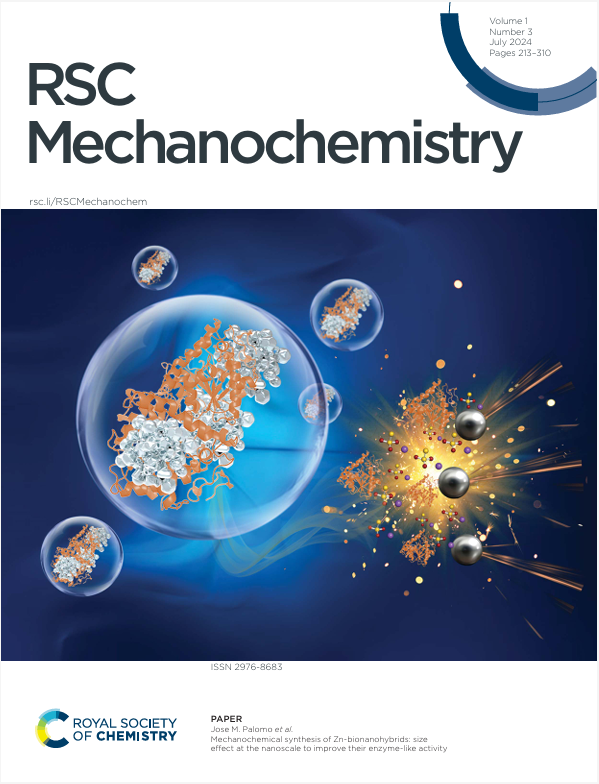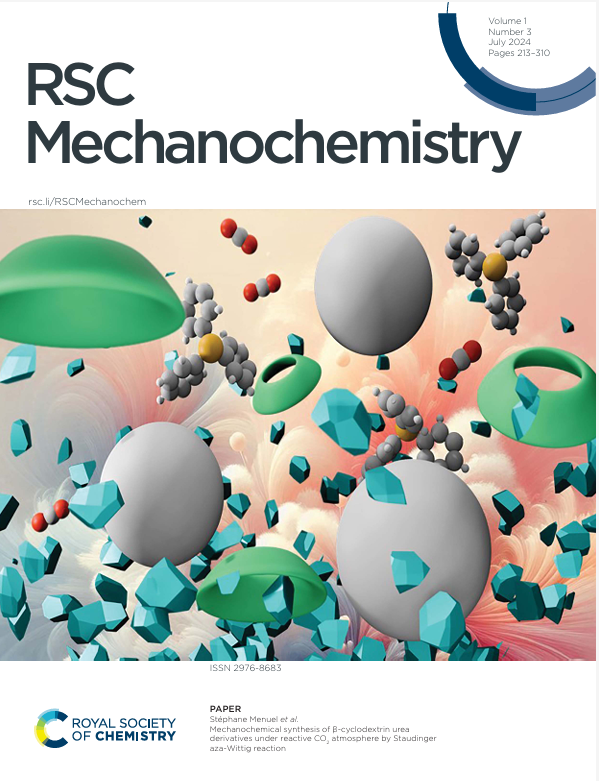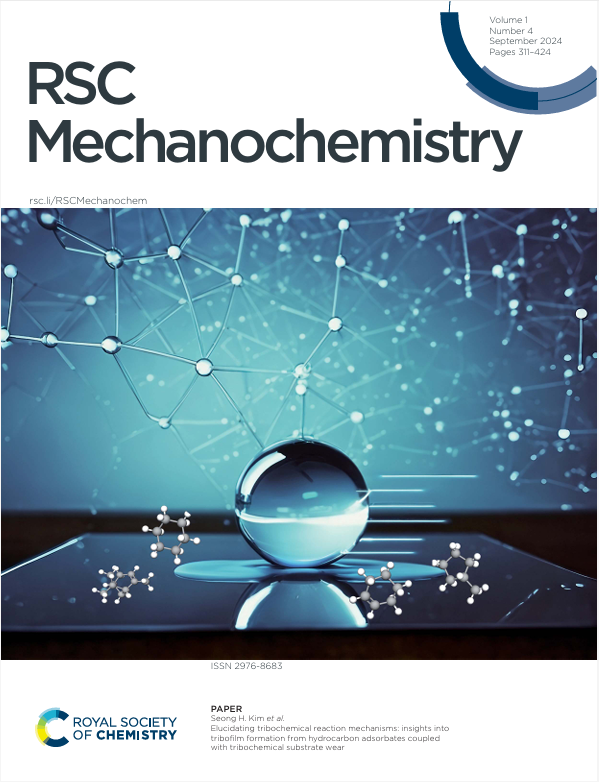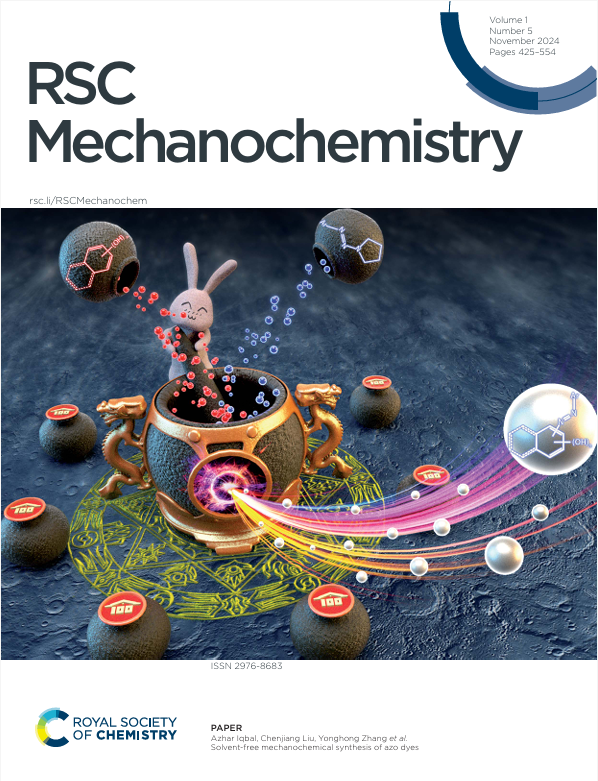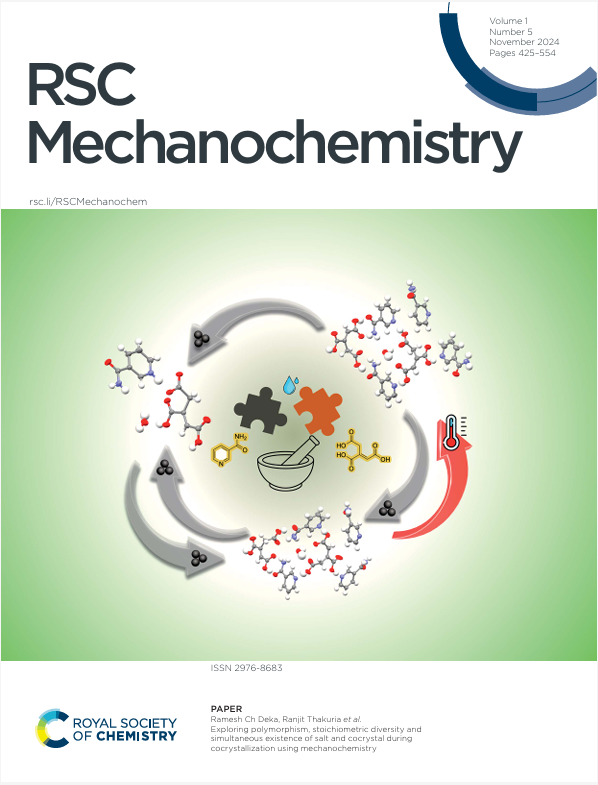
We are thrilled to introduce you to our newest RSC Mechanochemistry Advisory Board Member, Dr Matej Baláž, Institute of Geotechnics, Slovak Academy of Sciences, Slovakia.
Read our interview with Dr Baláž below;
• What made you want to become involved with the journal?
I am working in the field of mechanochemistry during my whole academic career (since 2011) and it has always been the cornerstone in my work. Therefore, it is of utmost pleasure to be involved with the journal devoted to this topic.
- What do you envision to be the benefits of publishing in the journal?
Going through the articles published in RSC Mechanochemistry provides an up-to-date information on recent advancements in the field. Publishing our own research here brings about the sense of community-being. Moreover, since the journal is Open Access for now, the details of unique mechanochemical studies are available to anyone.
- Why should researchers choose to submit to the journal?
If the newcomers to the field manage to publish their work in RSC Mechanochemistry, it will be read by already established readership of experienced mechanochemists and new collaborations can be thus fostered in the future. Thus, the community can further grow in this way.

Read some of Dr Baláž’s recent research:
Lavender-mediated solvent-free biomechanochemical synthesis of antibacterially active Ag/AgCl nanoparticles using a Taguchi design
Zdenka Bedlovičová, Patrik Siksa, Mária Kováčová, Radovan Bureš, Ľudmila Tkáčiková, Róbert Džunda, Imelda Octa Tampubolon, Ľudmila Balážová & Matej Baláž*
Adv. Nat. Sci: Nanosci. Nanotechnol. 16, 015018
Enhanced photocatalytic activity of mechanically synthesized GdFe1−xCrxO3
Kairat Kenges*, Zhandos Orazov, Matej Baláž & Ekaterina Tugova
Inorganic Chemistry Communications, 2025, 173, 113803
Coupling mechanisms of plasmon resonance and Bi3+ emission in YAG: Bi, Ce, Yb epitaxial films at low temperatures
Markiyan Kushlyk, Yaroslav Shpotyuk*, Volodymyr Tsiumra, Yaroslav Zhydachevskyy, Lev-Ivan Bulyk, Volodymyr Haiduchok, Ihor Syvorotka, Dmytro Sugak, Matej Baláž & Andrzej Suchocki
Sci Rep., 2025, 15, 1477
Submit to RSC Mechanochemistry today! We welcome you to submit your latest research in mechanochemistry to our journal! All content in this journal is gold open access and we are covering all publication costs until mid-2026. Check out our author guidelines for information on our article types or find out more about the advantages of publishing in a Royal Society of Chemistry journal.
Keep up to date with our latest HOT articles, Reviews, Collections & more by joining our group on LinkedIn and BlueSky. You can also keep informed by signing up to our E-Alerts.












